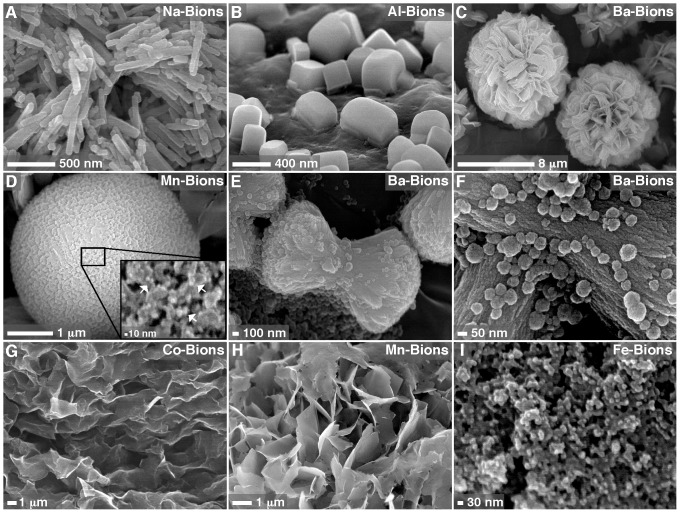Figure 2. Bions form various biomimetic morphologies and complex structures in biological fluids.
Bions were prepared by adding 1(A), AlCl3 (B), BaCl2 (C, E, and F), or MnCl2 (D) in DMEM containing 10% FBS (A, C, and D) or 10% HS (B, E, and F), followed by addition of 1 mM Na2HPO4 to induce mineral precipitation. In (A), 1 mM Na2CO3 was also added before addition of Na2HPO4. Bions were incubated in cell culture conditions overnight, collected by centrifugation, washed with HEPES buffer, and prepared for SEM. Bions formed various morphologies, including shapes similar to bacillus bacteria (A), mushrooms (B), and flowers (C), as well as round, cell-like formations apparently formed of smaller, round NPs (D; inset, NPs denoted by white arrows). Complex structures similar to dumbbells and muscle fibers (E and F) were also observed in some bion samples. (G) Addition of 1 mM CoCl2 and Na2HPO4 each in water containing 10% FBS produced mineral NPs that quickly converted into crystalline biofilm-like structures. (H) When MnCl2 and Na2HPO4 were added at 1 mM each in DMEM alone without a body fluid, a mineral precipitate showing a flaky appearance and sharp edges was observed. (I) Addition of 1 mM FeCl2 and Na2HPO4 each in water formed round Fe-bions of small sizes. The samples shown in (G–I) were incubated overnight before preparation for SEM.

